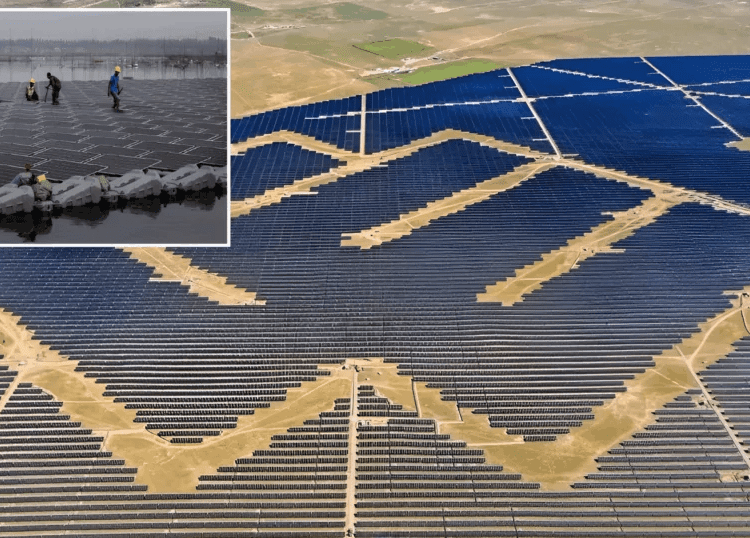As a physicist, I of course love and appreciate all the little particles. Each particle species has its own role to play in the universe and studying them helps us better understand the laws of nature that govern our existence. But as a dark matter researcher in particular, I have to admit that neutrinos are unique in their ability to make life difficult for us.
Neutrinos are slippery little beasts. From their very conception, they were, by all accounts, a problematic idea.
They were first hypothesized as a desperate attempt to explain why some radioactive decays seemed to break the conservation of energy principle. When the decay occurred, the total measured energy of the decay products wasn’t enough to account for the energy that went in. Which seemed, based on extremely important physical principles, impossible.
The physicists were thus faced with two very bad choices: either abandon conservation of energy, or assume that there is an invisible particle produced in the decay, unseen by the detectors. Reluctantly, they chose the latter, eventually dubbing the new particle “little neutral one” because whatever it was, it definitely had no electric charge, and seemed to be massless.
That lack of electric charge was really the kicker – with no charge, the particle wouldn’t interact via the electromagnetic force at all, giving it the ability to pass right through the detectors without affecting them. Upon coming to this conclusion, physicist Wolfgang Pauli famously said, “I have done a terrible thing. I have predicted a particle that can never be detected.”
Fortunately, Pauli was ultimately wrong about the detectability, though one can’t blame him for his pessimism. Neutrinos are so stubbornly resistant to interacting with other matter that they routinely pass through the entire Earth without even noticing. It took truly heroic efforts for physicists to eventually build instruments capable of detecting them.
Even now, we don’t really ever capture neutrinos themselves. The standard detection method is to build a very large tank of water or other liquid deep underground (to shield it from cosmic rays), and then wait for one of the several quadrillions of neutrinos that pass through every square centimetre of the Earth’s surface every day to, randomly and rarely, get a direct hit on one of the atoms in the water.
If it does, it can send a charged particle screaming through the water so fast that it creates a flash of light like an electromagnetic version of a sonic boom. Those light flashes encode information about the neutrinos and let us infer something about the sea of tiny invisible particles the Earth is swimming through all the time.
Most of the neutrinos we detect on Earth originate from the Sun, produced in the nuclear furnace of the solar core. When hydrogen is fused into helium, neutrinos are a byproduct: as soon as they’re produced, they stream out in all directions, almost completely ignoring the bulk of the Sun and escaping out into space.
The reason that neutrinos are a particular nuisance for dark matter detectors is that the so-far hypothetical dark matter particles we’re looking for have a lot in common with neutrinos. Like neutrinos, these “weakly interacting massive particles” (also known as WIMPs) have no electric charge and are able to pass through the Earth without noticing.
If they interact with other matter at all, it’s via the weak nuclear force – the same force that allows neutrinos to (very rarely) bump into particles in water. Like neutrino detectors, dark matter detectors are built deep underground to shield against cosmic rays and are designed to notice when a particle in the detector is bumped by something unseen.
The problem is that now, dark matter detectors are getting so sensitive to those nudges that they’re starting to pick up the nudges caused by neutrinos. Two different detectors have produced evidence that neutrinos from the Sun are bumping into their target material. And no amount of rock cover – not even the entire Earth – can shield an experiment from neutrinos.

It will probably be a while (some estimate decades) before solar neutrino bombardment completely obscures whatever dark matter signal detectors are trying to find. Most are not yet sensitive enough and so far it’s only the highest-energy solar neutrinos causing trouble. Some physicists are even optimistic that detecting this phenomenon, called ‘coherent neutrino scattering’, will be interesting enough in and of itself, making a fair trade-off for the added difficulty in dark matter searches. After all, dark matter might be made of something else entirely.
But we’re definitely getting to a point where, if dark matter really is made of WIMPs, we’ll have to be a little more creative about our experiments. Because for those of us trying to peer into the dark side of the cosmos, a bright future for neutrinos could end up being blinding for us.











